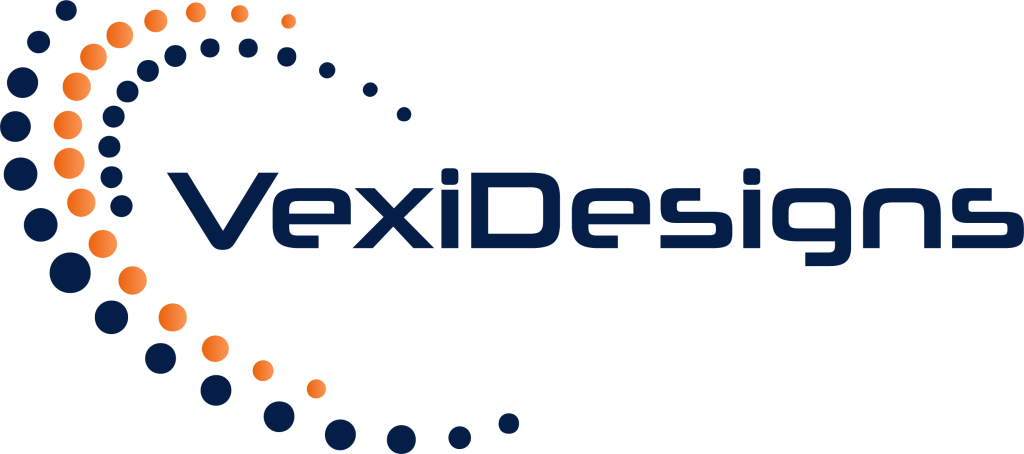A slow-loading website can devastate your business, driving away potential customers and harming your search engine rankings. With 53% of mobile users abandoning sites that take longer than 3 seconds to load, website speed has become more critical than ever in 2025. This comprehensive guide provides proven, actionable solutions to diagnose and fix slow-loading websites, helping you improve user experience, boost conversions, and enhance your search rankings.
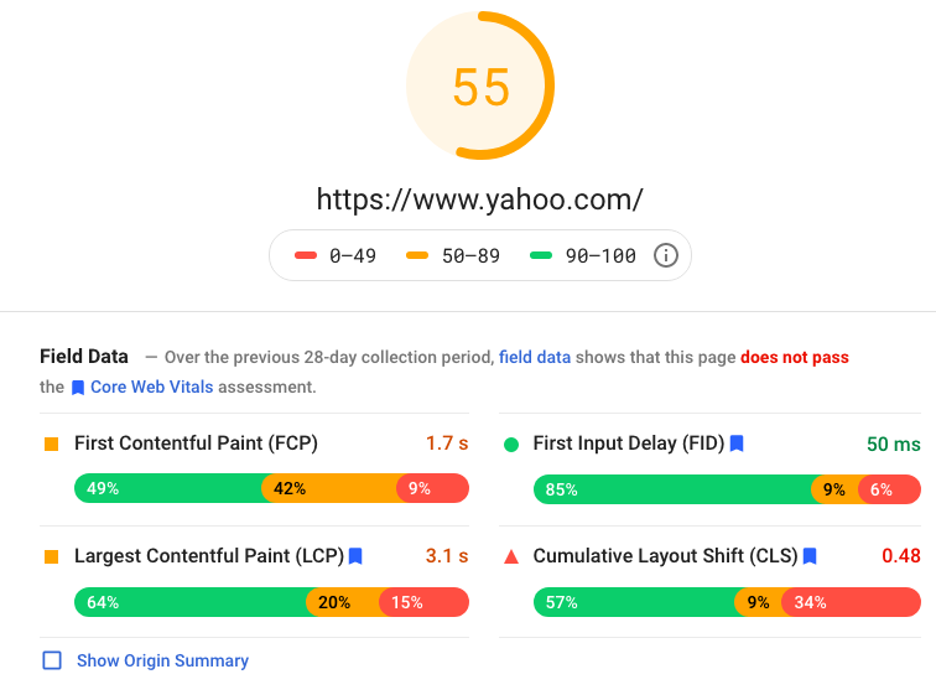
Understanding Website Speed: Why It Matters in 2025
Website speed directly impacts every aspect of your online success. Google considers page speed a ranking factor, and slow sites consistently rank lower in search results. Beyond SEO, speed affects user behavior dramatically:
1-second delay = 7% reduction in conversions
2-second delay = 87% bounce rate increase
3+ second delay = majority of users abandon the site
Modern users expect lightning-fast experiences, especially on mobile devices where over 60% of web traffic now originates.
Diagnosing Your Website Speed Issues
Before implementing fixes, you need to identify specific performance bottlenecks affecting your site.
Essential Speed Testing Tools
Google PageSpeed Insights
The most comprehensive free tool for analyzing website performance. It provides both lab data and real-world user experience metrics, including Core Web Vitals scores.
GTmetrix
Offers detailed waterfall charts showing exactly how your page loads, helping identify specific resource delays.
Google Search Console
Provides Core Web Vitals reporting directly from Google’s perspective, showing how real users experience your site.
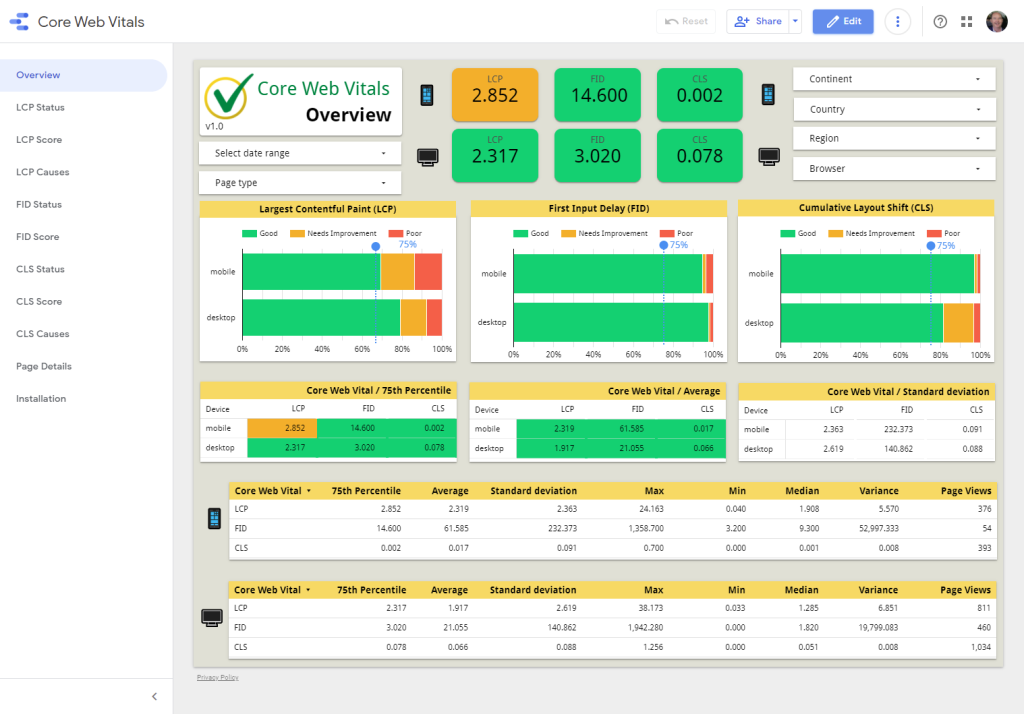
Understanding Core Web Vitals
Google’s Core Web Vitals measure three critical aspects of user experience:
Largest Contentful Paint (LCP) – Target: Under 2.5 seconds
Measures loading performance by tracking when the largest content element becomes visible.
Interaction to Next Paint (INP) – Target: Under 200 milliseconds
Replaces First Input Delay, measuring responsiveness to user interactions.
Cumulative Layout Shift (CLS) – Target: Under 0.1
Evaluates visual stability by measuring unexpected layout shifts during page load.
Step-by-Step Website Speed Optimization Solutions
1. Optimize and Compress Images
Images typically account for 60-70% of a webpage’s total size, making them the primary culprit in slow-loading sites.
Immediate Actions:
Compress existing images using tools like TinyPNG, ImageOptim, or Squoosh
Convert to modern formats: WebP offers 25-35% better compression than JPEG
Implement responsive images using the
srcsetattribute to serve appropriate sizesAdd lazy loading with
loading="lazy"attribute for images below the fold
Advanced Image Optimization:
Use CSS sprites for small icons and frequently used graphics
Implement progressive JPEG for large images
Set explicit width and height attributes to prevent layout shifts
Consider using an image CDN like Cloudinary or ImageKit for automatic optimization
Expected Impact: 30-50% reduction in page size and 20-40% improvement in loading speed.
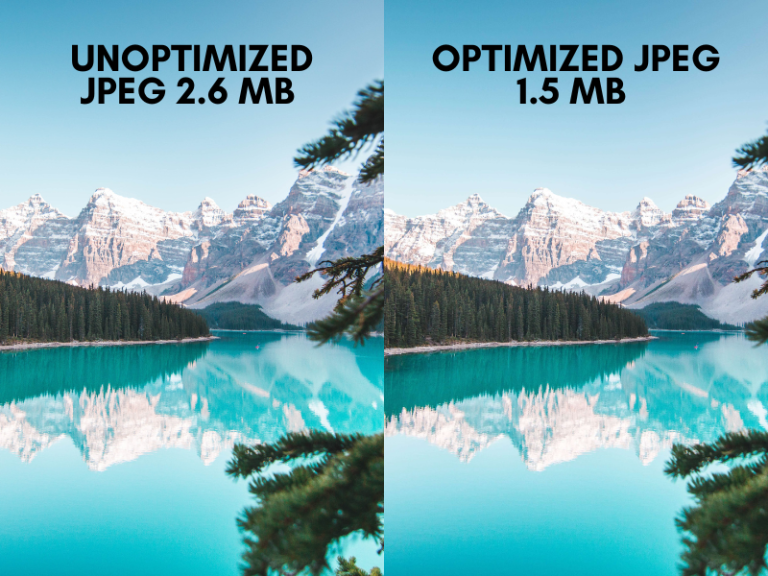
2. Enable Compression and Minification
Reducing file sizes through compression dramatically improves transfer speeds.
Enable GZIP/Brotli Compression:
GZIP compression can reduce file sizes by up to 90% for text-based files. Most modern servers support GZIP, and newer Brotli compression offers even better results.
Minify CSS, JavaScript, and HTML:
Remove unnecessary characters, whitespace, and comments from code files.
Popular minification tools:
Uglify JS for JavaScript
CSS Nano for CSS
HTML Minifier for HTML
WordPress plugins: Autoptimize, WP Rocket
Expected Impact: 60-80% reduction in text file sizes, 15-25% faster loading.
3. Implement Effective Caching Strategies
Caching stores frequently accessed resources, reducing server load and improving repeat visit speeds.
Browser Caching Configuration:
Set appropriate cache headers to store static resources locally in users’ browsers.
Server-Side Caching:
Implement caching at the server level to reduce database queries and processing time.
WordPress Caching Solutions:
WP Rocket (Premium): Comprehensive caching with optimization features
W3 Total Cache (Free): Advanced caching with CDN integration
WP Super Cache (Free): Simple, effective page caching
Expected Impact: 50-70% faster loading for returning visitors, reduced server load.
4. Utilize Content Delivery Networks (CDNs)
CDNs distribute your content across multiple global servers, reducing latency by serving files from locations closer to users.
Popular CDN Services:
Cloudflare: Free tier available, excellent performance and security features
AWS CloudFront: Highly scalable, integrates well with other AWS services
KeyCDN: Cost-effective, easy WordPress integration
MaxCDN/StackPath: Optimized for WordPress sites
CDN Implementation Benefits:
40-60% reduction in loading times for global visitors
Reduced bandwidth costs on origin server
Improved reliability and uptime
Enhanced security features
Expected Impact: 30-50% faster loading for international visitors, improved global performance.
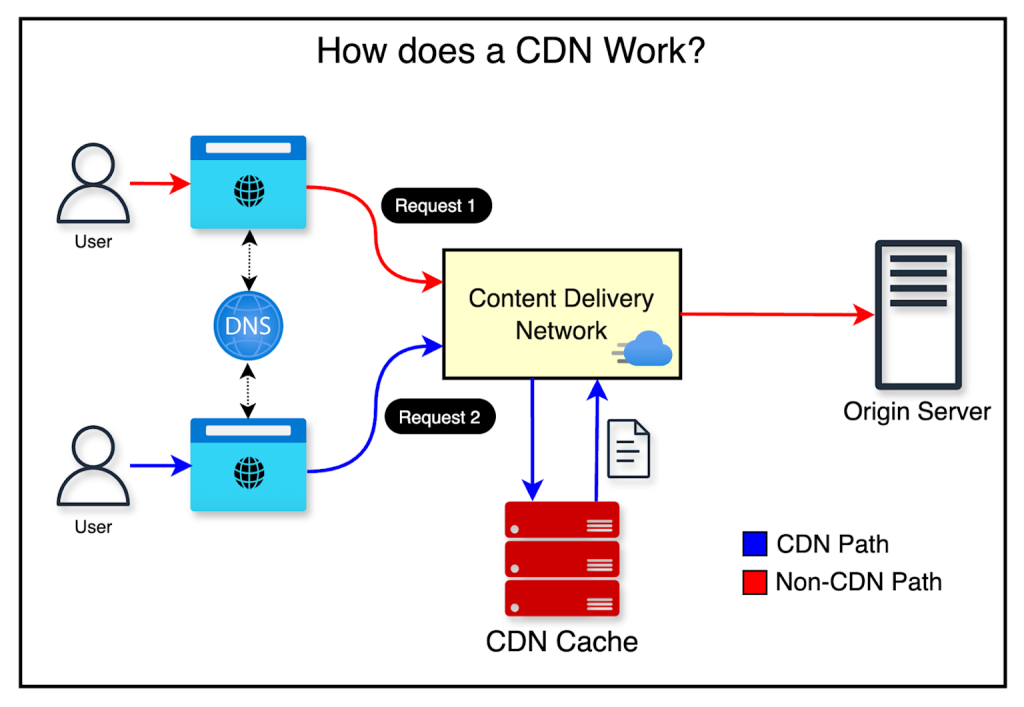
5. Optimize JavaScript and CSS Delivery
Poorly optimized scripts can block page rendering, creating significant delays.
JavaScript Optimization Techniques:
Defer non-critical JavaScript using
deferorasyncattributesMinify and combine JavaScript files to reduce HTTP requests
Remove unused JavaScript code and libraries
Implement code splitting for large applications
CSS Optimization:
Generate critical CSS to prioritize above-the-fold content
Defer non-critical CSS loading
Remove unused CSS rules
Combine CSS files where appropriate
WordPress-Specific Solutions:
Jetpack Boost: Free plugin for critical CSS generation and JavaScript deferring
Asset CleanUp: Remove unused scripts and styles
Async JavaScript: Advanced JavaScript loading optimization
Expected Impact: 20-40% improvement in rendering speed, better Core Web Vitals scores
6. Database and Server Optimization
Server performance directly affects website speed, especially for dynamic content.
Database Optimization:
Clean up unnecessary data: Remove spam comments, post revisions, unused plugins
Optimize database tables regularly
Use database caching plugins like Redis or Memcached
Limit post revisions and auto-save frequency
Server-Level Improvements:
Upgrade to SSD storage for faster file access
Increase server memory allocation
Use PHP 8.0+ for significantly better performance
Enable OPcache for PHP optimization
Consider managed hosting solutions optimized for your platform
Expected Impact: 25-50% improvement in dynamic content loading, better database query performance.
7. Reduce HTTP Requests
Every element on your page requires a separate HTTP request, and too many requests slow down loading.
Request Reduction Strategies:
Combine CSS and JavaScript files where possible
Use CSS sprites for small images and icons
Inline small CSS and JavaScript directly in HTML
Remove unnecessary plugins and widgets
Audit third-party scripts and remove non-essential ones
WordPress Optimization:
Use plugins like Autoptimize to combine and minify files
Replace heavy plugins with lightweight alternatives
Remove inactive themes and plugins completely
Expected Impact: 20-35% faster initial page loads, reduced server strain.
8. Implement Lazy Loading
Lazy loading defers the loading of non-critical resources until they’re actually needed.
Lazy Loading Implementation:
Native lazy loading: Add
loading="lazy"to images and iframesJavaScript libraries: LazySizes, Lozad.js for advanced control
WordPress plugins: Jetpack, WP Rocket include lazy loading features
What to Lazy Load:
Images below the fold
Video embeds
Social media widgets
Comments sections
Non-critical iframes
Expected Impact: 30-50% faster initial page loading, reduced bandwidth usage.
9. Optimize Web Fonts
Web fonts can significantly impact loading speed if not properly optimized.
Font Optimization Techniques:
Use system fonts when possible for fastest loading
Preload critical fonts with
<link rel="preload">Use font-display: swap to prevent invisible text during loading
Subset fonts to include only necessary characters
Limit font variations to essential weights and styles
Expected Impact: 10-20% improvement in text rendering speed, better perceived performance.
10. Advanced Performance Optimization
HTTP/2 and HTTP/3 Implementation:
Modern protocols allow multiplexing, reducing latency for multiple resource requests.
Service Workers for Caching:
Implement advanced caching strategies using service workers for progressive web apps.
Resource Hints:
Use preload, prefetch, and preconnect directives to optimize resource loading.
Expected Impact: 15-25% additional performance improvement for modern browsers.
WordPress-Specific Speed Optimization
Essential WordPress Performance Plugins
Jetpack Boost (Free):
Critical CSS generation
JavaScript deferring
Lazy image loading
Image CDN
WP Rocket (Premium):
Comprehensive caching
File optimization
Database cleanup
CDN integration
Autoptimize (Free):
CSS/JS minification and combination
HTML optimization
Google Fonts optimization
WordPress Hosting Considerations
Managed WordPress Hosting:
Services like WP Engine, Kinsta, and SiteGround offer server-level optimizations specifically for WordPress.
Server Requirements:
PHP 8.0 or higher
MySQL 5.6+ or MariaDB 10.1+
Minimum 512MB RAM (2GB+ recommended)
SSD storage
HTTP/2 support
Monitoring and Maintaining Website Speed
Regular Performance Auditing
Monthly Speed Tests:
Run PageSpeed Insights tests
Monitor Core Web Vitals in Search Console
Check loading times from different geographic locations
Test on various devices and connection speeds
Performance Monitoring Tools:
Google Analytics Site Speed reports
New Relic for server performance monitoring
Pingdom for uptime and speed monitoring
GTmetrix for detailed performance analysis
Common Speed Killers to Avoid
Plugin Overload:
Each WordPress plugin adds code and potential database queries. Regularly audit and remove unused plugins.
Unoptimized Themes:
Heavy, feature-rich themes often include unnecessary code. Choose lightweight, well-coded themes.
Large Media Files:
Regularly audit and optimize images, videos, and other media files.
Excessive Third-Party Scripts:
Limit external scripts from analytics, social media, and advertising platforms.
Measuring Success: Key Performance Indicators
Speed Metrics to Track
Technical Metrics:
Page load time (target: under 3 seconds)
First Contentful Paint (target: under 1.8 seconds)
Largest Contentful Paint (target: under 2.5 seconds)
Cumulative Layout Shift (target: under 0.1)
Total page size (target: under 3MB)
Business Impact Metrics:
Bounce rate reduction
Conversion rate improvement
Search engine ranking changes
User engagement metrics
Revenue per visitor
Expected Results Timeline
Immediate (24-48 hours):
Basic optimizations show measurable improvements
Image compression and minification benefits visible
Short-term (1-2 weeks):
Caching implementations reach full effectiveness
CDN benefits realized globally
Search Console begins reflecting improvements
Long-term (1-3 months):
SEO ranking improvements become apparent
User behavior metrics show sustained improvement
Business metrics reflect speed optimization benefits
Conclusion: Achieving Lightning-Fast Website Performance
Fixing slow-loading websites requires a systematic approach, addressing multiple performance factors simultaneously. The solutions outlined in this guide can typically improve loading speeds by 50-70% when properly implemented.
Key Takeaways:
Start with the biggest impact items: Image optimization and compression typically yield the most significant improvements
Implement caching strategies: Both browser and server-side caching are essential for repeat visitor performance
Monitor performance regularly: Website speed optimization is an ongoing process, not a one-time fix
Consider professional help: Complex optimization may require developer expertise for best results
Remember that website speed optimization is an investment in your business success. Faster websites consistently perform better in search rankings, convert more visitors, and provide superior user experiences that build customer loyalty and drive growth.
Ready to transform your website’s performance? Start with the fundamental optimizations outlined in this guide, and watch your site speed—and business results—improve dramatically.
